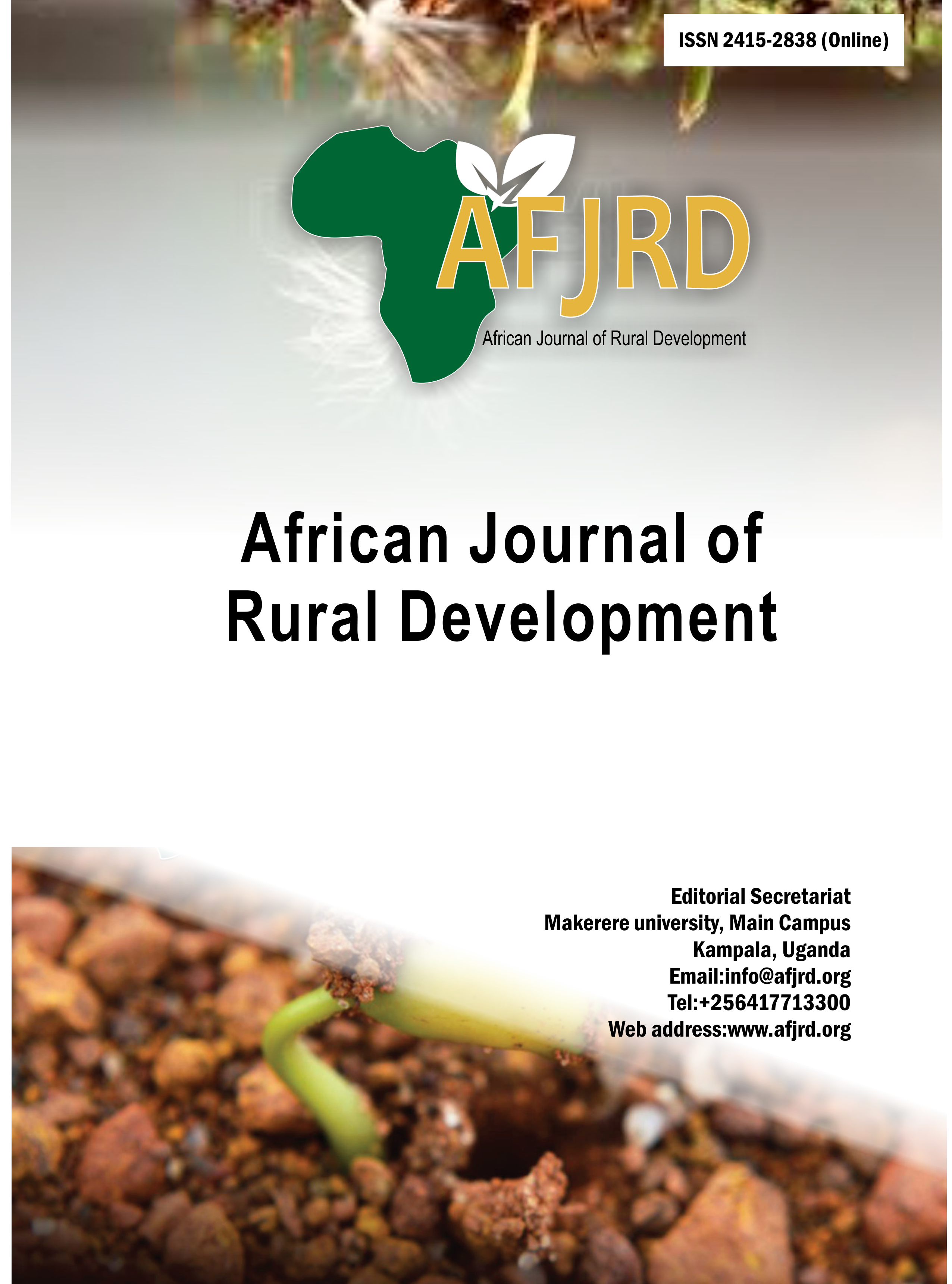Trends, Status and Challenges of Ethiopian Agricultural Sector in Achieving the Pillars of Climate-Smart Agriculture: A Synthesis Review
Main Article Content
Abstract
The Ethiopian agricultural sector, which serves as the backbone of the country's economy and livelihoods, has been significantly impacted by climate variability and change. In this review, we have assessed the trends, challenges and some Climate- smart Agriculture (CSA) practices and technologies that could improve the usage of climate-smart agricultural practices. A combination of the adoption of climate-smart agricultural practices such as conservation agriculture, integrated soil fertility management, small scale irrigation, agroforestry, crop diversification and improved livestock feed and feeding practices are being used for specific purposes in Green- house Gas (GHG) emission mitigation and climate change adaptation. However, adoption of climate-smart agriculture technology is ineffective mainly due to the, low skills, knowledge and poor technical use of the technologies. The importance of conservation agriculture as a key climate-smart practice for Ethiopia has to be recognized among high-level policy-makers and decision-makers as well as government and civil society organizations in the country. In this line concerted efforts to continuously generate CSA technologies would contribute to the desired positive outcome. An aggressive awareness-creation program of conservation agriculture technology should be pursued at federal and regional level. The policies and implementation strategies should be emphasized on an integrated, evidence-based and climate smart approach for enhancing food security at all levels, from the national to local levels, from research to policies and investments, and across private, public and civil society sectors to achieve the scale and rate of change required.
Article Details

This work is licensed under a Creative Commons Attribution 4.0 International License.
